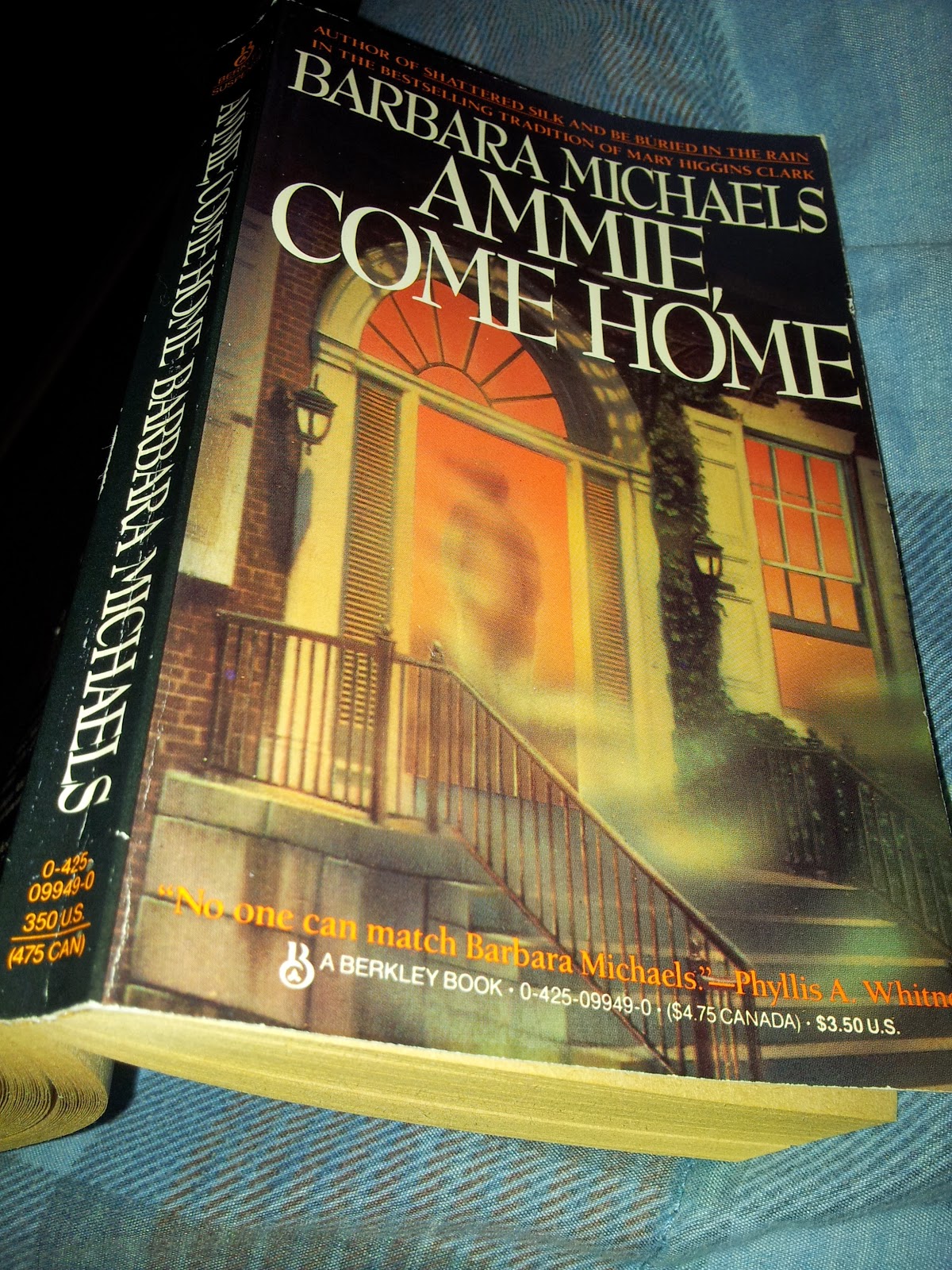In this 22nd Scarpetta novel, the master forensic sleuth finds herself in the middle of a nightmarish pursuit of a serial sniper who seems to leave no evidence except fragments of copper. The shots are so perfect, they cause instant death and seem impossible, and the death scenes aren’t crime scenes because the killer was never within hundreds of yards of the victims. The victims seem to have nothing in common, and there is no pattern that might indicate where the Copperhead will strike next. First New Jersey, then Massachusetts, and then into the murky depths off the coast of South Florida, where Scarpetta dives a shipwreck, looking for answers that only she can discover and analyze. There she must face an unthinkable truth that points in the direction of her techno genius niece, Lucy, Scarpetta’s own flesh and blood."
~ Take from Goodreads
My inconvenient truth about Flesh and Blood is that I was so disinterested that 220 pages in (and a host of days held hostage to the drudgery of the book), I skipped to its end. Now I have to keep it real when I say that these Scarpetta books aren't anywhere near as thrilling as they once were. So I more or less expected as much tedium out of Flesh and Blood. However, despite that sort of naked truth, I'm still into Kay Scarpetta. She’s the aunt I wish I had, and a comfortable hat in the forensic literary form. Those are truths that has never changed–and never will.
So nowadays it’s a matter of revisiting her year after year. I enjoy her pathologist and techno knowledge, alongside her perspicacious (can you tell I just wanted to use that word?) insight. I love when she goes between being a chef and a medical examiner; an aunt, wife and friend. I can appreciate her often intimidating–yet grounded–role in her relationships with the other veteran characters and small-time cast members. So simply put, I like her and look forward to another publication in the series.
However, sadly, this year it just didn't cut to stick around and play with dear Aunt Kay. If I thought last year's Dust was "dusty," Flesh and Blood drained me until I dejectedly decided to jump to its conclusion more than halfway through.
So nowadays it’s a matter of revisiting her year after year. I enjoy her pathologist and techno knowledge, alongside her perspicacious (can you tell I just wanted to use that word?) insight. I love when she goes between being a chef and a medical examiner; an aunt, wife and friend. I can appreciate her often intimidating–yet grounded–role in her relationships with the other veteran characters and small-time cast members. So simply put, I like her and look forward to another publication in the series.
However, sadly, this year it just didn't cut to stick around and play with dear Aunt Kay. If I thought last year's Dust was "dusty," Flesh and Blood drained me until I dejectedly decided to jump to its conclusion more than halfway through.
 |
| https://www.facebook.com/patricia.cornwell |
Gather ingredients consisting of copper pennies, snipers, terrorist, realtors, and insurance men that apparently look like something that stepped out of Goonies (or that weird s/he beast villain in Cornwell's Hornet's Nest book). Toss in a victim who operates as a drug mule carrying cocaine wrapped in condoms in his stomach, and an incident involving a teenage girl drowning in some politician's pool. And then sprinkle in law enforcement individuals having affairs, and the standard (often jealous and mean-spirited) personal concerns from the B-cast (particularly Lucy and Marino). Wrap all of those and branching events for Scarpetta to spend a too many pages mulling and discussing with others (in contrast to scenes with movement), and you may feel as uninspired as I. And while so many of those events were surely connected somehow, I couldn't help but imagine someone throwing pasta against a wall and seeing what sticks. In the case of Flesh and Blood it's seeing what sticks, forcing it into a believable and plausible space. Then hammering it into truth when there could've been an easier way, with a little more caress and ingenuity spent, on managing a sound plot.
Am I even making sense here?
So yeah. I cheated. I skipped to the end to give myself permission to put the book up and go elsewhere. And really, the ending wasn't all that great either–which right away killed my guilt for cheating. It involved Benton and Scarpetta scuba diving into some underwater wreckage. For a moment I actually started to find interest in the story (but not enough to retrace), only to have the scenario cut short through a matter of paragraphs and a few pages. It cliff-hangs, then the resolution is spoken over in the proceeding epilogue. One, in which, is never unfolded to the reader first hand. Bummer because that underwater scene/confrontation had some serious potential.
And that's basically what I was left with as a whole: spoiled potential with the gratification of spending a little time with Kay Scarpetta. Here's to next year's attempt! I made a list of what I'd like to see, but decided to hold back for now.













